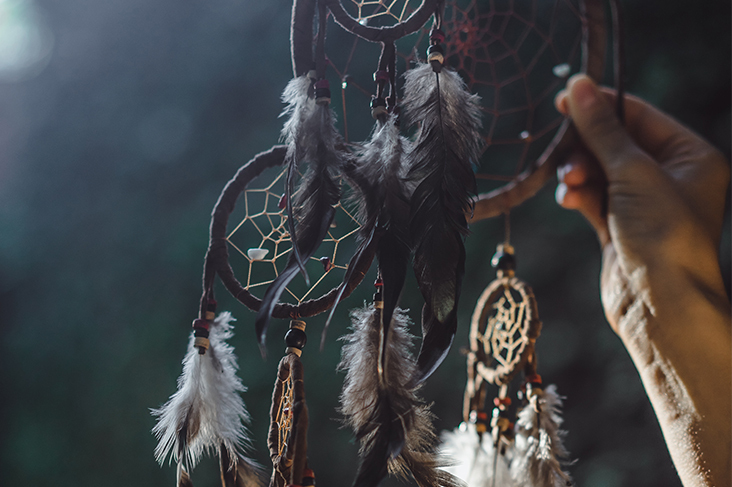America isn’t known for its mythology as it is a young country compared to other older civilizations and countries like India, Egypt, Persia, and some parts of Europe. As a result, the country didn’t have the time to develop the sort of mythological roots that can be seen in other areas across the globe.
But if we dig deeper, we can find some well-known myths and legends that even many Americans won’t know.
In this article, we will be talking about what myths and legends are. Also, expect crisp but detailed information about some well-known American myths and legends passed down from the past generations to the present.
Meaning of Myths and Legends
Let’s discuss the origin and explanation of the terms “Myths” and “Legends”:
Myth
The word “myth” has been derived via the Latin word “mythus,” which stems from the Greek word “mythos,” meaning fable or an ancient story.
A myth may be defined as a folklore genre, which consists of ancient stories dealing with non-humans such as gods, demigods, supernatural figures, or ancestors and heroes of humans, concerning the early history of people or explaining a natural or social phenomenon.
The purpose of myths was to describe the origin of something, explain the aspects of a region, or shed light on the psychology, customs, or ideas in that society.
Legends
The word “legend” has been derived from the medieval Latin word “Legenda” meaning a narrative or an event.
A legend may be defined as a folklore genre that narrates a traditional story about noteworthy and people of significance that believed to exist in the past. These stories are mainly about kings or heroes.
A legend is different from a myth, as the former concerns human beings as the main character, and sometimes there is a historical basis and evidence. In contrast, myths don’t have a historical basis.
American Myths and Legends
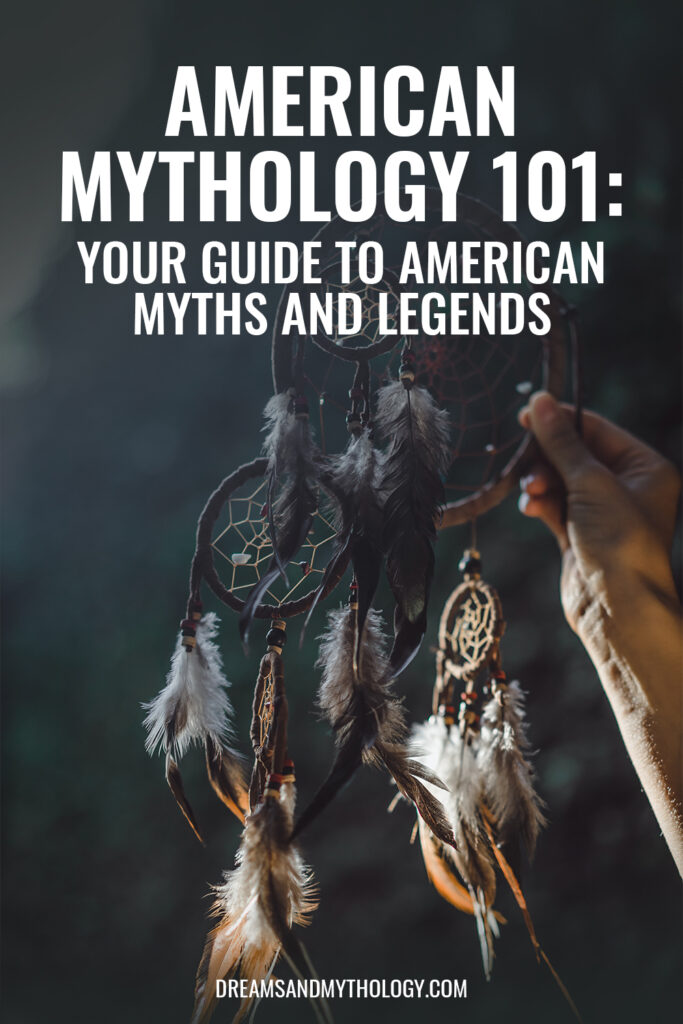
Here is a list of nine American myths and legends that will leave you intrigued to the bone:
1. The Spider Tower In Dead Man’s Canyon
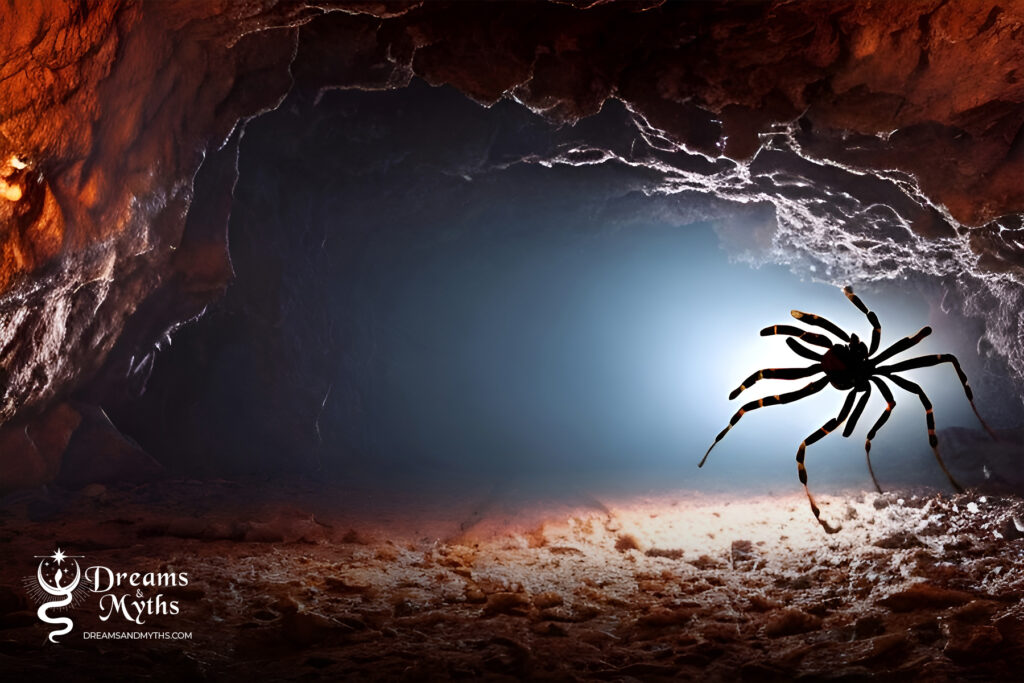
In Dead Man’s Canyon — a deep gorge lateral to the once populated valley of the Rio de Chelly, Arizona — stands a stark spire of weathered sandstone. The top rises 800 feet above its base in a sheer uplift.
Legends say that centuries ago, an inhabitant of the cave villages was targeted by some hostile men. In an attempt to outrun his pursuers, he noticed a silken cord hanging from a notch at the top of an enormous obelisk.
He climbed up the silken cord and reached the summit, where he survived on eagle’s eggs and mountain dew. And when the foe couldn’t get to him, they left the region, and thus the man survived.
The help came from a spider who made a thick cord out of webs to save the person. Even more astonishing, the spider did this because she preferred the peace-loving cave dwellers over the hunters. As a result, the place was named the Spider Tower.
2. The Thunderbird Of Native Americans
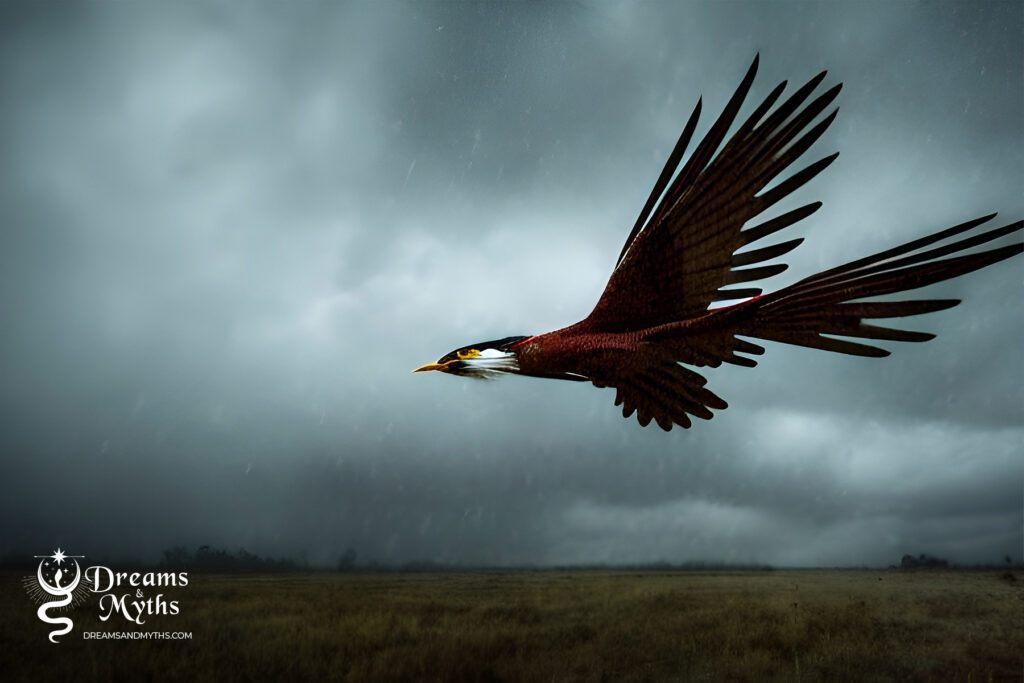
The Thunderbird was a widespread figure in Native American mythology among the various tribes in North America. It was known as the Thunderbird because it was said that the flapping of the wings sounded like thunder, and lightning shot out of its eyes.
The Thunderbirds were revered as supernatural beings and extremely sacred forces of nature. Moreover, they symbolized power and strength.
According to Native American myths, The Thunderbirds brought rains to the land, which were either good or bad. This means that rains were considered good when the people needed them for irrigation or droughts and bad when storms, floods, or forest fires occurred because of lightning.
In the past centuries, Thunderbird symbols were carved on Totem poles, pottery, jewelry, and other sculptures in the land of America. These myths have been passed down through songs and oral histories as well.
3. The Lost Trail Of Colorado
The Ute tribe resided by the canyon of Oak Creek, Colorado, which was covered by a mass of rock shaped like a keystone. According to legends, a tribe leader named Acantow used to live in the spot where Rosita, Colorado, stands today.
He left his wife in the lodge for four nights to sleep and went to attend a council across the mountains. When he returned, his wife was nowhere to be seen, and Acantow suspected that the Arapaho had abducted his wife.
Getting on the trail, he rode furiously till nightfall. Eventually, he found out that 15 Arapaho tribesmen captured his wife, and they were gambling to decide the ownership of the beautiful lady.
Despite the epic human resources they had, Acantow sneaked among them and rescued his wife. Just then, the Arapaho saw them fleeing. Upon being spotted while escaping, Acantow ran by taking his wife on his shoulder, and just before he could ride his horse, he fell.
Just then, a flood of fire rushed from the clouds and struck the earth with an appalling roar. Trees were snapped, rocks were splintered, and a whirlwind passed, thus saving Acantow and his wife. A massive block of granite lost the whole trail, and both of them thanked ‘Manitou’ to save their lives.
4. The Queen Of Death Valley
Death Valley is one of the hottest and most arid places on earth, with temperatures rising over 100 degrees. Anyone in this desert without resources is bound to die. Thus the name “Death Valley” can be justified.
However, the Timbisha Shoshone Indians contradict the name, as they have lived there for centuries and continue to live there today. According to an ancient Shoshone legend, Death valley was not arid before. The valley was beautiful, with water sources and fertile land. Additionally, the tribesmen irrigated the land and cultivated various kinds of plants for food and sustenance.
In the early days of Shoshone history, a beautiful queen ruled them, and once, she wanted a grand palace to be made for her. The people at first started to work to impress their queen, but the queen later realized that she might not be alive when the palace was finished.
This was when she began to make her family work. Such a decision prompted her daughter to curse her, and nature turned on her, making the land arid.
It is still said that glimpses of the half-finished palace can be seen in the desert, like a mirage along the horizon.
5. The Salt Witch Of The Nebraska Plains
Once, a snowy salt pillar was situated in the Nebraska plain near the Saline River and the Platte River, which was named the Salt Witch.
According to legends, at the meeting point of the rivers, there used to live a tribe of American Indians. They were led by a mighty chief who was so fierce that nobody made a company of him except his wife.
Although when the wife died, the leader shut himself from the tribe and went off alone in war clothes. However, he returned one month later, bringing fresh scalps and a lump of salt, and narrated a story.
In the story, he said that after traveling far away, he fell asleep when he suddenly awoke to wail sounds. After this, he saw an older woman brandishing a tomahawk over the head of a young woman, and to save her, the chief killed the older woman.
Sadly, the chief saw that the young woman was his wife, after which the earth opened, and both women disappeared, and a pillar of salt emerged.
Apparently, the Indians continued to maintain the salt column, and it stands upright to date.
6. The Blackfoot Trickster
According to legends, Napi was the culture hero of the Blackfoot tribe and was often portrayed as a stupid person who had traits of a trickster and troublemaker. One hot summer day, he rested on the rock because the day was warm and he was tired.
He spread his robe on the rock and asked the stone to keep the robe in return for letting Napi rest there.
Suddenly, the weather changed, and he became cold as the wind whistled and the rain fell. He then asked the rock to return his robe, but the rock refused, and so he got mad and just took the clothing.
As he strolled away, he heard a loud noise, and after turning, he saw the rock was rolling after him. Napi ran for his life. The deer, the bison, and the pronghorn were his friends, and they tried to stop the rock by running in front of it. Even worse, the rock rolled over them. He had one last chance, and he decided to call the bats for help.
Fortunately, they did better than the more giant animals, and by diving at the rock and colliding with it, one of them finally hit the rock just right, and it broke into two pieces. This story explains why the stone split into two and why bats have squashed-looking faces.
All in all, the story advises humanity to provide helpful caution against taking back what you have given away.
7. Wendigo: Flesheater Of The Forests
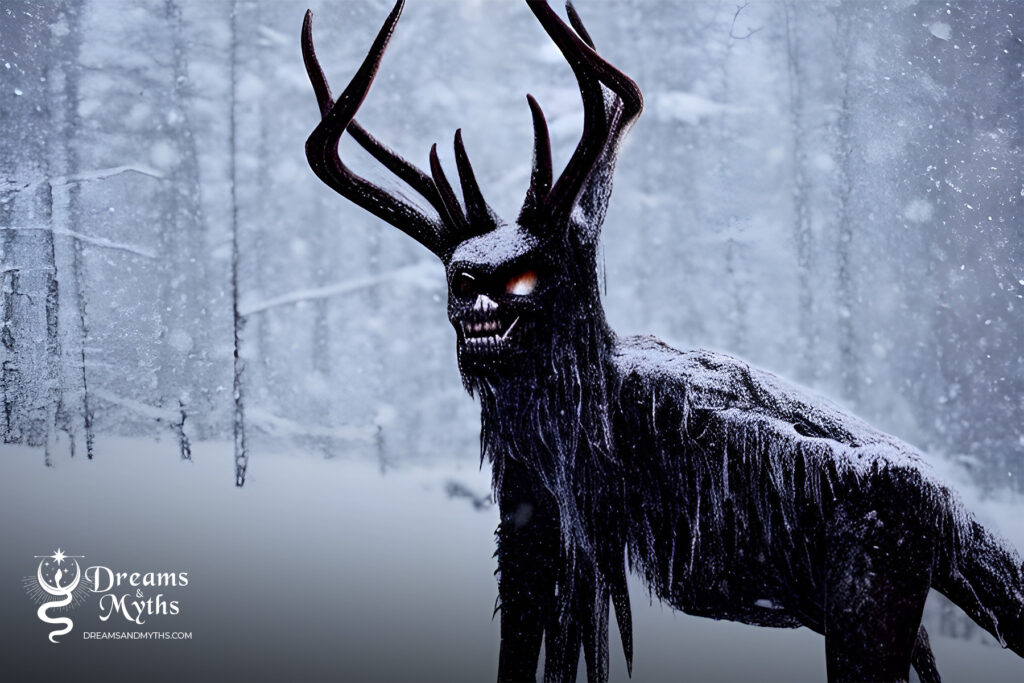
The word Wendigo translates to “the evil spirit that devours mankind”. These creatures were said to live in the north woods of Minnesota, the forests of the Great Lake Region, and the central regions of Canada. What’s more, they were associated with cannibalism, murder, insatiable greed, winter, famine, and starvation.
As mentioned in the legends, a wendigo was created when a human resorted to eating human flesh to survive. This often happened when the American Indians or settlers found themselves stranded in the snow. Thus they used to have an urge to cannibalize the dead to survive.
The Native American versions of the story state that humans who showed greed and gluttony might be possessed by wendigos. Sadly, wendigos manipulated humans to become one with them by the use of dark magic. Threateningly enough, they were said to be agile predators and had complete knowledge about their territories.
Wendigos were also cursed to wander the land, thus being enclosed in their territory, waiting for human interaction. At the same time, if there was nothing left to eat, they died due to starvation.
8. Teihiihan: The Little Cannibals Of The Plains
The word “Teihiihan” was derived from the Arapaho word meaning “strong.” They were also termed as “Hecesiiteihii” which meant little people.
The Teihiihan were child-sized Dwarfs, who were insanely strong, aggressive, bloodthirsty cannibals who attacked in large groups. Their violent nature was because they believed that dying in battle was the only way to reach the afterlife.
Various folklores have stated that they used to possess dangerous magical powers or witchcraft and could go invisible while preying on the tribes.
According to the myths, these cannibals lived in the Great Plains of America, between the Mississippi River and the Rocky Mountains. There are mentions of the Teihiihan in the legends of the Cheyenne, Arapaho, Omaha, Kanza, Shoshone, Comanche, and Ponca tribes.
It was also stated that the entire race of the Teihiihan was killed in a war by the Arapaho tribe and their allies.
9. The Division Of Two Tribes
When the white men invaded the American lands, they found out that the tribes Shoshone and Comanche were at odds, and the reason was due to legends of Manitou of the Manitou spring.
According to the legend, a Shoshone and Comanche were out hunting when they stopped to drink water from the spring. The Shoshone warrior Ausaqua had been victorious in the hunt, while the Comanche Wacomish was not.
Due to this unfortunate clash in results, Ausaqua started an argument boasting his title of chief, to which Wacomish retaliated. This unfolded into a fight, and Wacomish ended up drowning Ausaqua.
When he pulled the dead body from the water, a spirit named Waukauga, the father of the Shoshone and Comanche nation, emerged and killed Wacomish. From that day onwards, there was long and destructive warfare between the two tribes.
Verdict
Living in the modern era, we still believe in these myths and research legends to know about the social customs of the past.
Even though there are fewer myths under the American culture compared to other cultures, it can be understood that most of these originated during the pre-colonial era of America, when varying tribes used to live around the country.
But a closer introspection to the topic leaves us with one question, Are the myths and legends real? Or were they all fake? We will never know that for sure.
